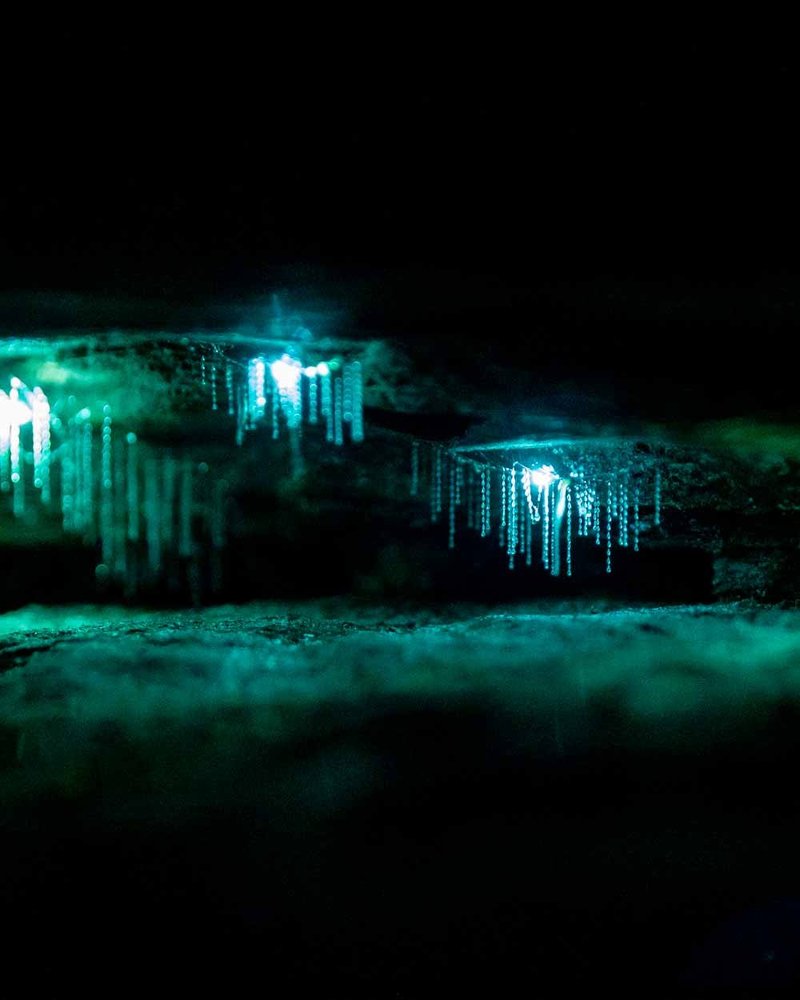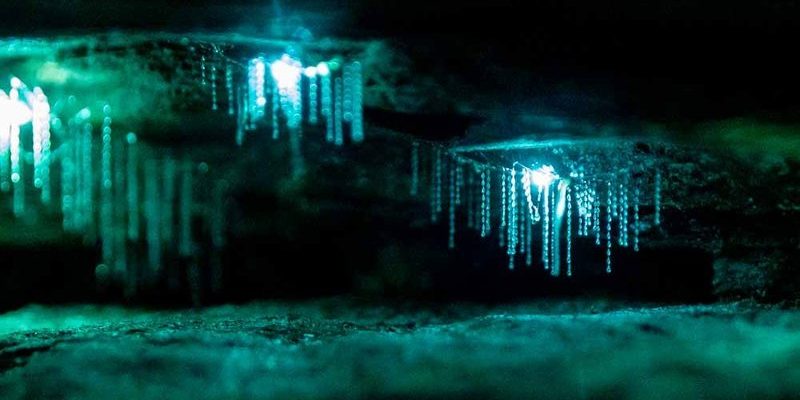
Glow worms, particularly the species *Lampyris noctiluca*, are most commonly found in damp, secluded areas. These fascinating insects don’t just light up the night randomly; their bioluminescence is closely tied to their life cycle and the environment. So, if you’re planning a visit to see these enchanting glow-in-the-dark wonders, understanding their seasonal patterns will help you catch the best visual displays.
Understanding Glow Worms: What Are They?
Before we delve into their seasonal patterns, it’s essential to know what glow worms are. Contrary to what the name might imply, glow worms are not actually worms but the larvae of certain types of beetles. They produce light through a chemical reaction in their bodies, which is primarily used to attract prey or mates. Isn’t that cool? It’s like nature’s very own lantern!
Glow worms typically have a life cycle that spans several months. It starts with eggs laid by adult females, which hatch into larvae. These larvae then begin their glow-filled journey, hunting and developing until they eventually mature into adult beetles. The glow you see at night is not just for show; it’s a crucial part of their survival.
Spring: The Awakening
As winter fades away and spring begins to warm the earth, glow worms start to stir. This is often when the weather becomes more humid, and rain showers occur more frequently—perfect conditions for glow worms. You might be wondering why humidity matters. Well, glow worms thrive in moist environments, which helps them in their hunting and survival.
During spring, the glow worms breed, and this leads to increased activity. You’ll notice more glow worms lighting up the night sky, creating a mesmerizing display. This is also the time when females lay their eggs, and the larvae begin to emerge. So, if you’re keen to see these little beauties, spring is a fantastic time to visit glow worm habitats!
The Ideal Conditions for Spring Activity
For optimal glow worm activity in spring, you should look out for specific conditions:
- Humidity levels at 50% or higher
- Warm temperatures, ideally above 15°C (60°F)
- Less disturbance from strong winds or harsh weather
These factors create a perfect environment for growth and reproduction. So, grab your flashlight and head out to see these magical creatures!
Summer: Peak Glow Worm Season
Summer is the height of glow worm activity! The warm nights and the abundance of food make this season especially significant. During these months, the glow worms become more active, and their bioluminescent displays reach their peak. The longer nights provide ample time for you to witness the beauty of these glowing beings.
Interestingly, summer nights provide a great backdrop for glow worm tours, with many enthusiasts flocking to designated caves and forests. You might see adult glow worms mating, and the females will start to lay eggs toward the end of the season, continuing the cycle. It’s like nature’s way of celebrating life!
What to Expect in Summer
Summer offers some pretty spectacular sights of glow worms. Here’s what you can anticipate:
- A noticeable increase in the number of glowing larvae
- A vibrant display, as more glow worms are active at night
- Ideal conditions to see both larvae and adult glow worms
Make sure to bring your camera—this is a sight you won’t want to miss!
Autumn: A Time for Transition
As the days begin to shorten and temperatures cool, glow worm activity starts to shift. In autumn, you’ll still see some glowing, but it’s not as vibrant as summer. The larvae continue to feed and grow, but they know that winter is looming. This transitional period is crucial as it prepares them for the colder months ahead.
While the number of active glow worms decreases, it’s still a beautiful sight to see them glowing amidst the falling leaves. The soft, fading light serves as a reminder that life ebbs and flows with the seasons.
Understanding Autumn Changes
Here’s what happens during autumn for glow worms:
- Decrease in temperature leads to less activity
- Larvae begin to prepare for pupation
- Longer nights still allow for some glow, but not as much
Autumn’s beauty is unique, and the fading glow of these creatures adds to the charm.
Winter: Hibernation and Survival
Winter is a challenging time for glow worms. The cool temperatures and dry conditions mean that most glow worms retreat, entering a state of dormancy. They hibernate to survive the cold months, often in their larval stage. During this time, you won’t see them glowing at all, as they conserve energy and wait for warmer weather.
But don’t be discouraged! Winter serves an essential purpose in their life cycle. It’s a time for rest and preparation, allowing them to emerge stronger when spring arrives again.
Glow Worm Preservation During Winter
Even though glow worms are dormant, the winter months are vital for their survival. Here’s what you should keep in mind:
- Moisture is less available, so habitats must be protected
- Maintaining the ecosystem ensures the larvae can survive
- Conservation efforts are crucial to prevent habitat destruction
The survival of glow worms depends on the careful maintenance of their habitats year-round.
Understanding seasonal patterns in glow worm activity can deepen your appreciation for these magical insects. Their glowing beauty adds an enchanting touch to nature’s canvas, and we should respect their unique life cycle. From vibrant spring awakenings to the tranquil dormancy of winter, each season plays a key role in their survival.
So, the next time you wander through a darkened forest and catch a glimpse of those tiny lights, remember that they’re not just pretty flashes—they’re part of an intricate life cycle that dances with the seasons. Enjoy the show, but let’s also commit to protecting their habitats so future generations can revel in this extraordinary spectacle of nature.

